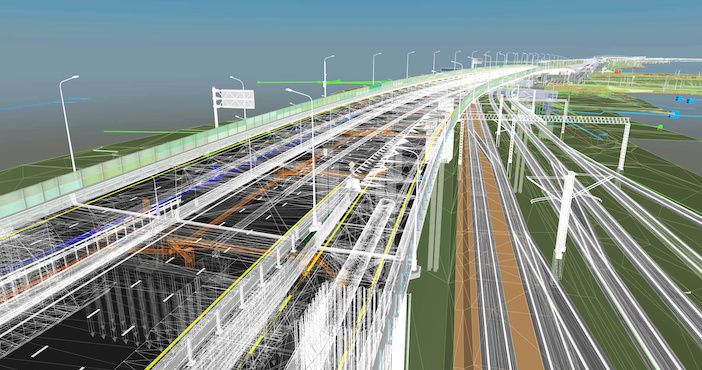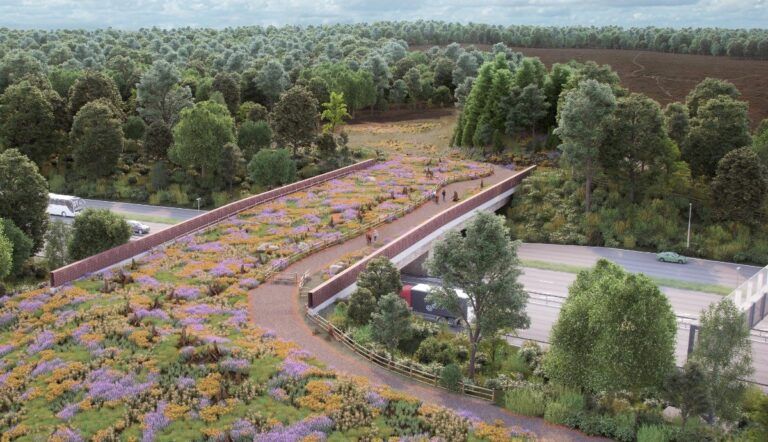National Highways, the government-owned company responsible for modernising, maintaining and operating England’s motorways and major A roads, has published a guide to good road design.
People, places and processes: A guide to good design at National Highways is follow-up guidance to National Highways’ first design vision, ‘The road to good design’, which was published in 2018 using advice from the company’s Strategic Design Panel.
The new design guide highlights a series of integrated principles to improve the design quality of the network. In addition to ensuring that designs reflect road users’ needs, it includes a focus on “place”, ensuring that design is restrained, environmentally sustainable and fits its surroundings. The guide says that good design is also collaborative, thorough and innovative to generate long-lasting benefits to users and the wider community.
The guide says that good road design can help both minimise greenhouse gas emissions and their impact on the climate and adapt to the actual or anticipated impacts of climate change to ensure future resilience.

There are dozens of tangible suggestions for project teams working on upgrades of England’s busiest roads.
- Roads can help “improve legibility” with clues as to how to drive and what to expect ahead, adding that views of built-up areas, landmark buildings and structures and distinctive natural features can help drivers locate themselves, reducing reliance on directional signs;
- Roadside “clutter” can be detrimental to the character of the environment and the safety of users. Over-provision of signage can result in information overload and should be designed out at an early stage;
- Teams should consider the view from the road to help enhance the “physical sensation of travel”, adding that “monotonous tunnel-like corridors with no varied views or interest should be avoided as they may increase driver fatigue”;
- Good road design should seek to reduce potential noise in the local area, with earth mounds and the choice of road surfaces being considered alongside changes in horizontal and vertical alignment;
- The severance of natural systems should be avoided, especially when crossing waterways to protect animal and plant life, adding that this can be achieved through crossing points or “green bridges” that fit with natural patterns and feature local native planting;
- Historic buildings and landscapes should be incorporated into designs, with access to sites being considered at an early stage.
- Boundaries by the side of roads should respond to the local character of an area, with opportunities taken to incorporate walking and cycling paths and to plant local native vegetation.
The design guide is one of three documents that National Highways has just published.
A second report – On the road to good design: Design review at National Highways – provides an independent overview of the design and construction of roads over a four-year period following the initial launch of the Strategic Design Panel. It is based on the findings of dedicated design reviews set up to consider individual road schemes and standards in more depth. The report says that the extra scrutiny supplied by the process has helped schemes “deliver positive impacts for local communities and better environmental outcomes”, as well as ensuring National Highways shares best practice and works efficiently.
A third published document – Learning on the road to good design: Case studies – captures examples from the UK and abroad highlighting the value and wider benefits of good design.
Images: National Highways, AdobeStock





